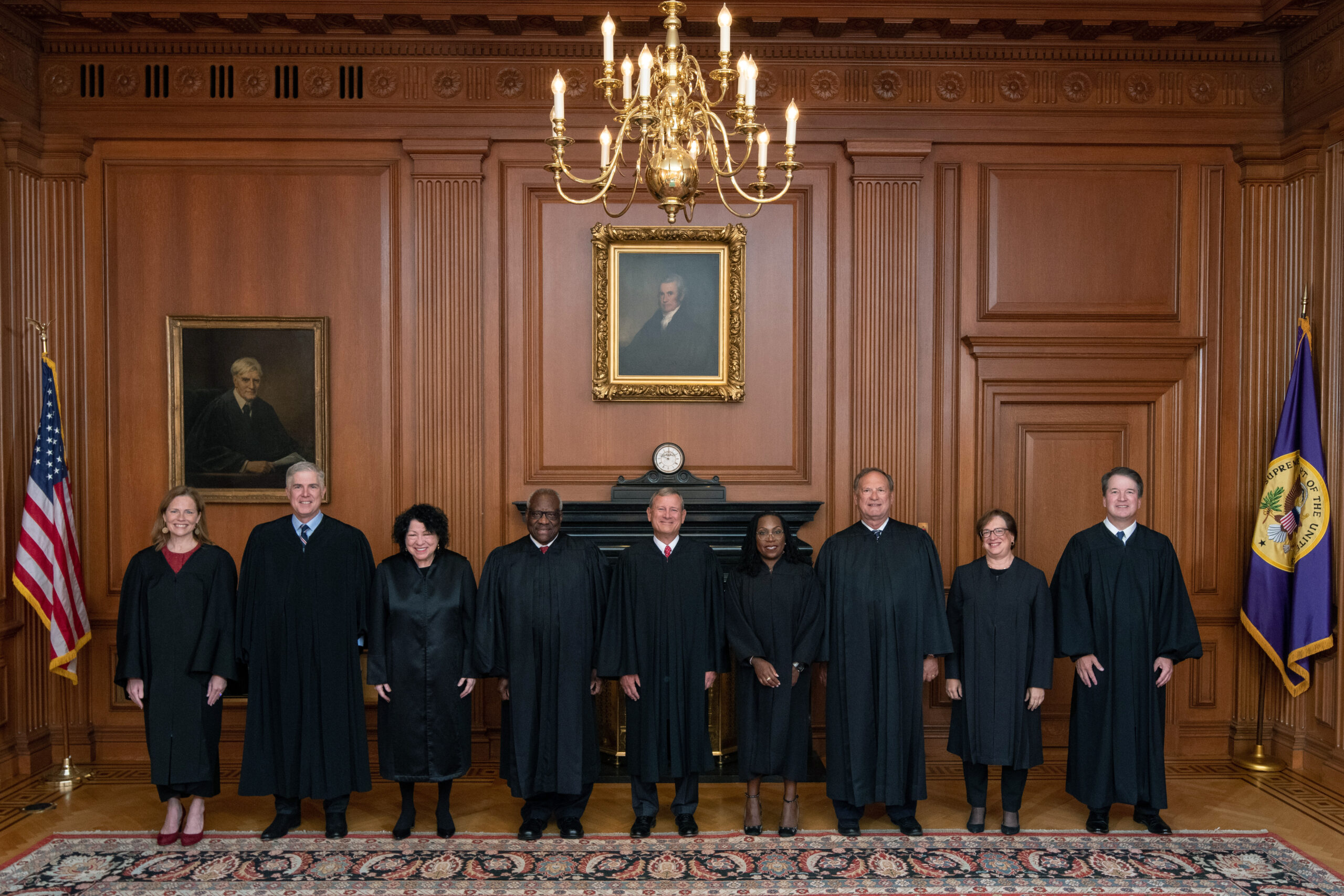
Healthcare stakeholders have differing opinions on the Biden-Harris Administration’s final rule for mental health coverage announced Monday.
The 2008 Mental Health Parity and Addiction Equity Act (MHPAEA) mandates that health plans offering mental health and substance use benefits must provide these benefits on par with those for physical healthcare. However, this isn’t always the case, with insured people about four times as likely to go out-of-network for mental healthcare compared to physical healthcare.
The final rule requires health plans to assess their provider networks, how much they pay out-of-network providers and how often they utilize prior authorizations. This will help health plans make changes to their mental health coverage when needed. The rule also clarifies that payers can’t use more restrictive prior authorization or provide narrower networks for mental health than physical health benefits. Lastly, the rule requires non-federal governmental health plans to comply with mental health parity, which was not the case when the MHPAEA was first enacted.
“Mental health care is health care,” said President Joe Biden in a statement. “But for far too many Americans, critical care and treatments are out of reach. Today, my administration is taking action to address our nation’s mental health crisis by ensuring mental health coverage will be covered at the same level as other health care for Americans. There is no reason that breaking your arm should be treated differently than having a mental health condition. The steps my administration is taking today will dramatically expand access to mental health care in America.”
The American Medical Association, an advocacy organization for physicians, came out in support of the final rule.
“While the AMA continues to evaluate the final rule, the AMA strongly supports multiple provisions that will help increase transparency, oversight and enforcement of MHPAEA in areas such as prior authorization and network adequacy,” said Bruce A. Scott, MD, president of the AMA. “Health plans have violated MHPAEA for more than 15 years, and this final rule is a step in the right direction to protect patients and hold health plans accountable for those failures.”
Another expert echoed the AMA’s comments. The final rule “strengthens the MHPAEA Act from a check-the-box exercise to true mental health and addiction treatment parity,” said Yusuf Sherwani, CEO and co-founder of Pelago, a virtual clinic for substance use management.
Payers, however, disagree that the final rule will improve mental health access in the U.S. Health insurer advocacy organization AHIP and Blue Cross Blue Shield Association released a joint statement along with the Association of Behavioral Health and Wellness and the ERISA Industry Committee saying that the rule will increase costs and threaten access to mental health treatment.
“With nearly 50 million Americans experiencing a mental illness, there’s no question that addressing the shortage of mental health providers must be a top priority,” they said. “There are proven solutions to increase access to mental health and substance use disorder care, including more effectively connecting patients to available providers, expanding telehealth resources and improving training for primary care providers. However, this rule promotes none of these solutions. Instead of expanding the workforce or meaningfully improving access to mental health support, the final rule will complicate compliance so much that it will be impossible to operationalize, resulting in worse patient outcomes.”
Some aspects of the final rule will take effect in 2025, while others will be implemented in 2026.
Photo: phototechno, Getty Images
#Healthcare #Leaders #Clash #Mental #Health #Parity #Final #Rule










